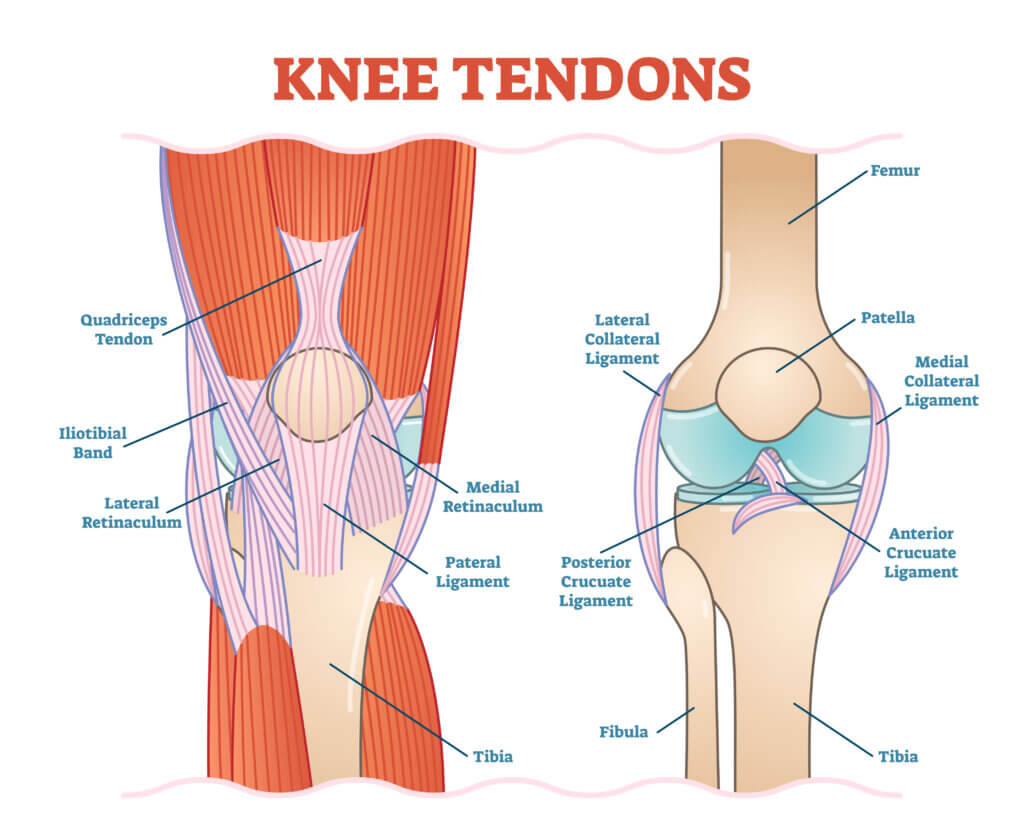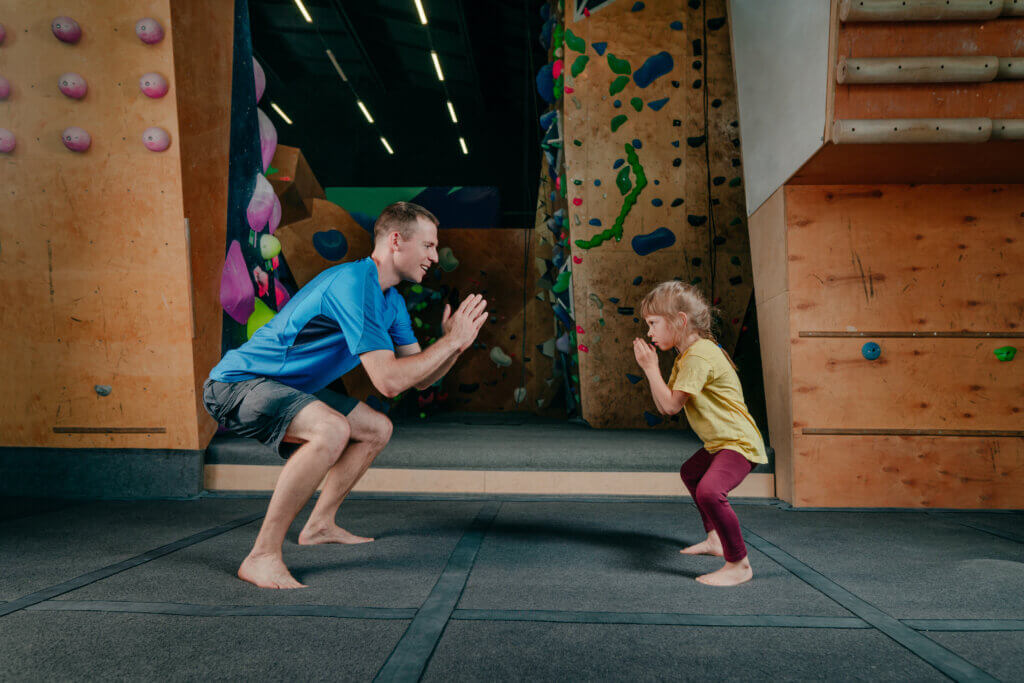Guide to Quadriceps Tendon Injuries: Insights from an Expert Orthopedic Surgeon
Quadriceps tendon injuries are not only painful but can significantly hinder your daily activities and athletic performance. If you’re dealing with this condition, understanding the essentials of quadriceps tendon repair is vital for a successful recovery. Dr. Jonathan R. Mallen, a renowned board-certified orthopedic surgeon at South Island Orthopedics, provides expert insights on the causes, symptoms, and treatment options for quadriceps tendon injuries. Discover how effective surgical intervention and rehabilitation can restore your knee function and get you back to your active lifestyle.
About the Author – Jonathan R. Mallen, MD, is a Board-certified orthopedic surgeon, Fellowship-trained in adult reconstructive and biologic surgery from Brigham and Women’s Hospital in Boston. He serves as an attending physician at several prominent New York hospitals, including Northwell Plainview Hospital, Northwell Plainview Hospital Hospital, and St. Joseph’s Hospital. A Fellow of the American Academy of Orthopaedic Surgeons, Dr. Mallen is committed to delivering high-quality orthopedic care and advancing surgical techniques within his field. To learn more about improving your orthopedic health, request an appointment with Dr. Mallen today!
What is the Quadriceps Tendon?
The quadriceps tendon is a robust, fibrous tissue that connects the quadriceps muscles (located at the front of your thigh) to the patella (kneecap). This tendon plays a pivotal role in leg movement, enabling you to straighten your knee and perform actions like walking, running, and jumping.

Causes of Quadriceps Tendon Injuries
Quadriceps tendon injuries often result from acute trauma or chronic overuse. Common causes include:
- Falls: A sudden, direct impact to the knee can tear the tendon.
- Sports Injuries: High-impact sports that involve jumping or sudden changes in direction can strain or rupture the tendon.
- Aging: Tendons naturally weaken with age, increasing the risk of injury.
- Chronic Conditions: Conditions like diabetes, rheumatoid arthritis, or chronic kidney disease can predispose individuals to tendon injuries.
Symptoms of a Quadriceps Tendon Injury
Recognizing the symptoms of a quadriceps tendon injury is crucial for early intervention. Symptoms may include:
- Severe pain at the time of injury
- Swelling and bruising around the knee
- Difficulty straightening the knee
- A visible gap above the kneecap (in case of a complete tear)
- Weakness or instability in the leg

Diagnosing Quadriceps Tendon Injuries
Accurate diagnosis typically involves a combination of physical examination and imaging tests. During a physical exam, your orthopedic surgeon will assess the extent of the injury, checking for tenderness, swelling, and range of motion. Imaging tests such as MRI or ultrasound may be ordered to confirm the diagnosis and determine the severity of the tear.
Treatment Options for Quadriceps Tendon Injuries
The treatment approach depends on the severity of the injury. For partial tears, non-surgical treatments like rest, immobilization and subsequent physical therapy may suffice. However, complete tears often require surgical intervention to restore normal function.
The Quadriceps Tendon Repair Procedure
Quadriceps tendon repair surgery involves reattaching the torn tendon to the patella. Dr. Mallen explains the key steps involved in this procedure:
- Incision: A surgical incision is made over the knee to access the torn tendon.
- Tendon Reattachment: Sutures or anchors are used to reattach the tendon to the patella.
- Repair Reinforcement: Additional sutures may be placed to reinforce the repair.
- Closure: The incision is closed, and the knee is immobilized in a brace or cast to facilitate healing.

Recovery and Rehabilitation
Recovery from quadricep tendon repair surgery involves a structured rehabilitation program designed to restore strength and flexibility to the knee. Dr. Mallen outlines the typical stages of recovery:
- Immobilization: Initially, the knee is kept immobilized to protect the repair.
- Physical Therapy: Gradual physical therapy begins to restore range of motion and strength. This stage is critical for regaining full function.
- Return to Activity: Depending on the progress, patients can typically return to light activities within a few months, with full recovery taking up to six months or more.
Preventing Future Quadriceps Tendon Injuries
To prevent future quadriceps tendon injuries, Dr. Mallen recommends:
- Maintaining a Healthy Weight: Excess weight can put additional strain on the knees.
- Regular Exercise: Strengthening exercises for the quadriceps can help protect the tendon.
- Proper Warm-Up: Always warm up before engaging in physical activities to prepare your muscles and tendons.
- Managing Chronic Conditions: Keep chronic conditions like diabetes under control to reduce the risk of tendon injuries.

Patient Testimonial
“After my quad tendon repair surgery with Dr. Mallen, I was back on my feet and even returned to playing tennis within six months. The care and guidance I received were exceptional.” – Jane D., Patient at South Island Orthopedics
Quadriceps tendon repair is a critical procedure that can significantly improve the quality of life for those of you suffering from tendon injuries. Under the expert care of Dr. Jonathan R. Mallen and the team at South Island Orthopedics, you can expect comprehensive care tailored to your specific needs, ensuring a successful recovery and return to normal activities. Schedule your consultation today so you can get back to living your life to the fullest!
Posted in: Knee, Uncategorized
